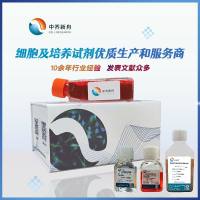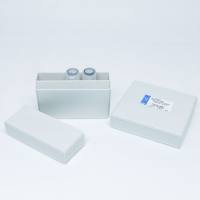Transplantation and Culture Techniques for the Analysis of Urodele Limb Regeneration
互联网
互联网
相关产品推荐

血清替代物II(Cell Culture Supplement)
¥2580
![四[N-邻苯二甲酰-(S)-叔亮氨酸基]二铑双(乙酸乙酯)加合物;154090-43-4;Elemental analysis(Nitrogen) 3.30 to 4.50 %;V66234-25mg](https://img1.dxycdn.com/p/s14/2025/1029/004/8672158669127143891.jpg!wh200)
四[N-邻苯二甲酰-(S)-叔亮氨酸基]二铑双(乙酸乙酯)加合物;154090-43-4;Elemental analysis(Nitrogen) 3.30 to 4.50 %;V66234-25mg
¥399

FMN1抗体FMN1兔多抗抗体Limb deformity protein homolog antibody抗体FMN1 Antibody, Biotin conjugated抗体
¥880

esxB/esxB蛋白Recombinant M_y_c_obacterium t_u_b_erculosis ESAT-6-like protein EsxB (esxB)重组蛋白10KDA culture filtrate antigen CFP-10 Secreted antigenic protein MTSA-10蛋白
¥2328

esxB/esxB蛋白Recombinant M_y_c_obacterium t_u_b_erculosis ESAT-6-like protein esxB (esxB)重组蛋白10KDA culture filtrate antigen CFP-10 Secreted antigenic protein MTSA-10蛋白
¥2616
相关问答

